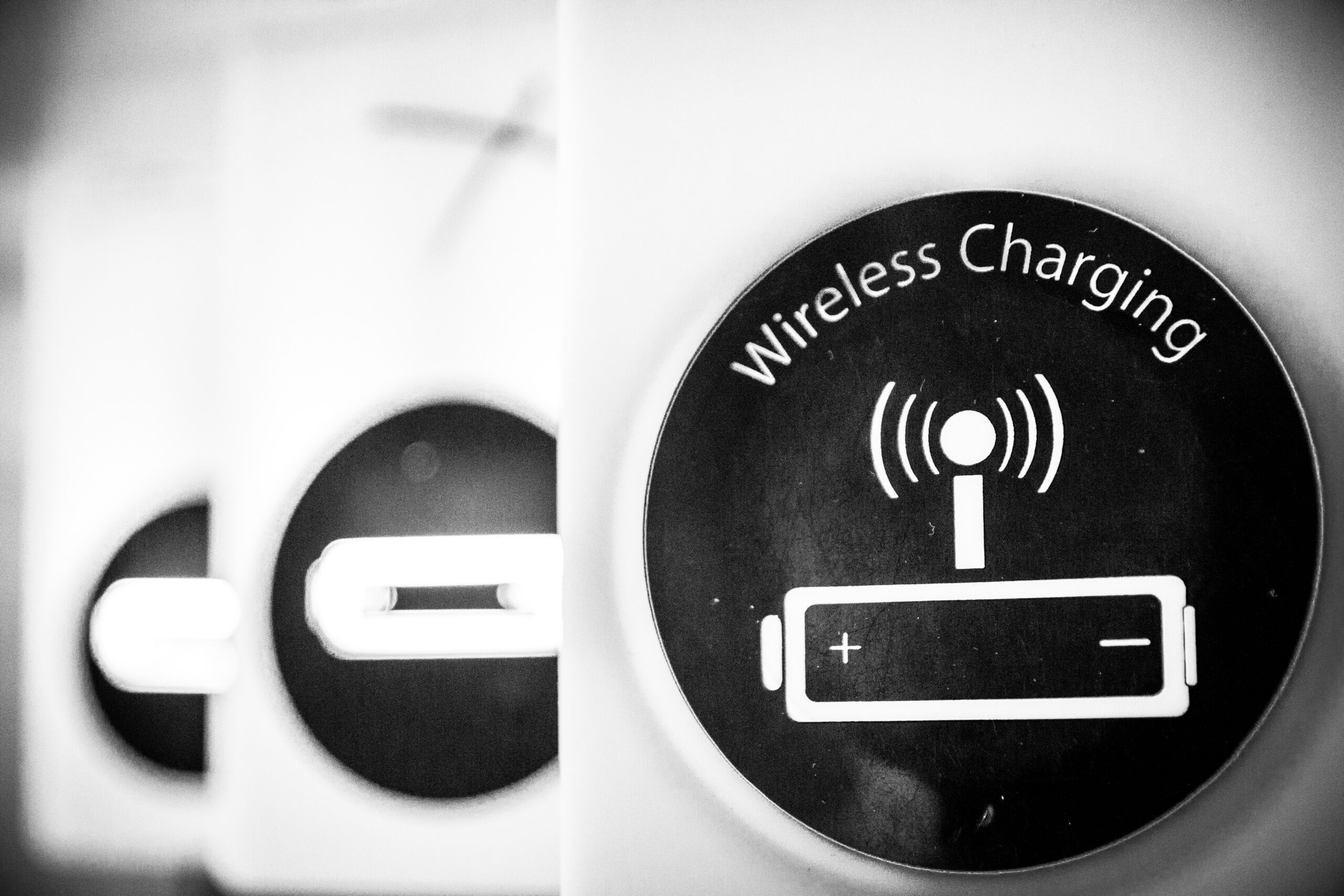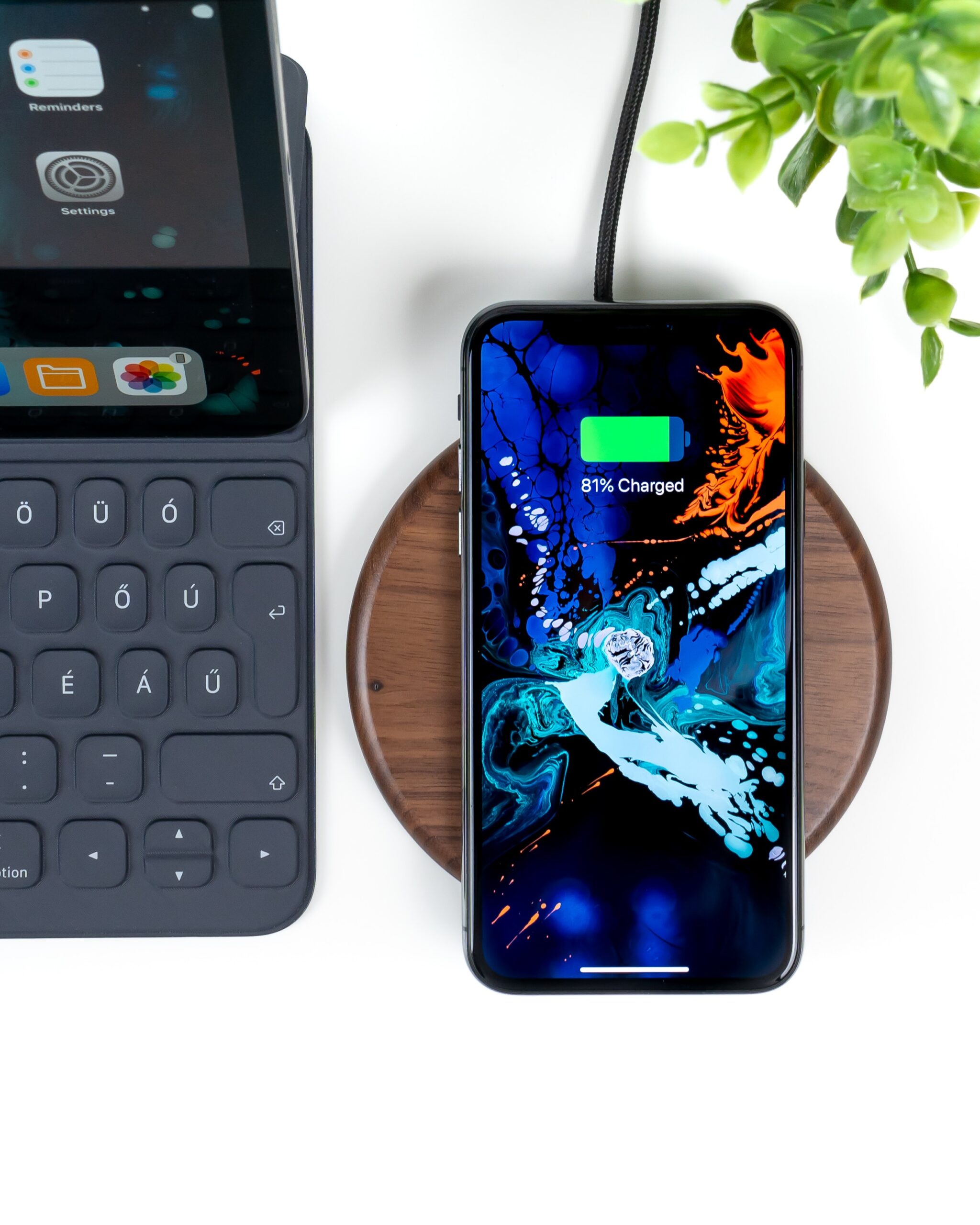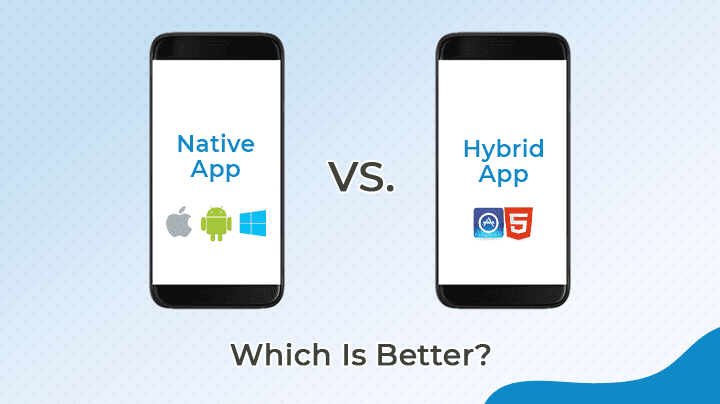
In today’s rapidly advancing technological world, wireless charging has emerged as a revolutionary innovation. We no longer have to rely on annoying and tangled cables to power up our devices. Instead, we can place them on a sleek charging pad or dock and watch as the battery fills up magically.
Just like any other new technology, there are pros and cons to consider while opting for this charging technology. On a positive note, it offers convenience and simplicity and also eliminates the hassle of constantly plugging and unplugging cables. Additionally, charging pads like Belkin Boost Charge Pro can accommodate multiple devices simultaneously, allowing users to charge their smartphones, smartwatches, and earbuds all at once.

However, there are also drawbacks. The process can be slower compared to traditional wired charging methods, and it requires devices to be in close proximity to the charging pad. Moreover, not all devices are compatible with this charging technology, adding another layer of consideration for consumers.
Join us as we delve deeper into the pros and cons of wireless charging, exploring its impact on our daily lives and the future of technology.
Physics behind
Wireless charging, also known as inductive charging, is a revolutionary technology that enables the transfer of electrical energy between a charging pad or base station and a device without the need for physical connectors or cables. This remarkable process relies on the principle of electromagnetic induction.
At the core of wireless charging is a simple yet effective mechanism. The charging pad contains a coil of wire that’s connected to an electrical current source. When electricity flows through this coil, it generates an electromagnetic field around it. This field extends from the charging pad and envelops the device in need of charging.
The device, such as a smartphone, must also be equipped with a coil, typically situated on its back or within its casing. This coil is designed to resonate with the electromagnetic field generated by the charging pad. When the two coils are aligned correctly, the electromagnetic field induces an electrical current in the device’s coil. This current is then converted into direct current (DC) to charge the device’s battery. It’s essentially the same principle that allows transformers to transfer electricity from one coil to another.

Pros
- Convenience: Users can charge their devices simply by placing them on a charging pad. There’s no need to fumble with cables, find the right plug, or worry about damaging connectors.
- Simplicity: Wireless charging is straightforward and user-friendly. It makes charging more accessible to people of all ages and technical abilities.
- Multi-Device Charging: Many of the available charging pads in the market allow connecting multiple devices at a time enabling you to get your phone, watch and AirPods charged simultaneously.
- Reduced Wear and Tear: Traditional charging methods involve constant plugging and unplugging of cables, which often lead to cable wear and damage which is kind of eliminated here.
- Enhanced Aesthetics: If you are looking for aesthetically pleasing charging solutions for home and office spaces with no cables or connectors looking out of place this comes in handy.
Cons
- Slower Charging: It is typically slower than traditional wired charging methods. This is due to energy loss in the form of heat during the electromagnetic induction process.
- Limited Range: Devices need to be in close proximity to the charging pad or base station. This limits mobility while charging.
- Compatibility Issues: Not all devices are compatible with wireless charging technology. Only devices with the necessary coils and support for wireless charging can benefit from this technology.
- Heat Generation: The electromagnetic induction process can generate heat, which, if not managed properly, can affect the performance and longevity of the device and charging pad.
Applications of Wireless Charging
The technology has found applications in various industries and sectors:
- Smartphones: Many modern smartphones come equipped with wireless charging capabilities, offering users the option to charge their devices without cords.
- Electric Vehicles (EVs): It is being explored as a means of charging electric vehicles. It provides a more convenient and efficient way to power up EVs.
- Wearable Devices: Smartwatches, fitness trackers, and earbuds often use wireless charging, adding to their user-friendliness.
- Furniture and Appliances: Some companies have integrated wireless charging technology into furniture and household appliances, making it easier to charge devices while using these items.
- Healthcare: It is used in medical devices, such as implantable medical devices, where wired connections are impractical.
Future of Wireless Charging Technology
Wireless charging technology is on a trajectory of continuous innovation and improvement. Here’s a glimpse of what the future holds:
- Faster Charging: Ongoing research aims to make wireless charging as fast as traditional wired methods by reducing energy loss and optimizing efficiency.
- Extended Range: Wireless charging is expected to become more efficient at longer distances, potentially enabling charging from a few meters away.
- Standardization: As the technology evolves, standardization will likely become more prevalent, ensuring compatibility across a broader range of devices and platforms.
- Integration in Public Spaces: Wireless charging stations are expected to become more common in public areas, such as coffee shops, airports, and restaurants.
- Automotive Adoption: Wireless charging for electric vehicles will continue to evolve, making EVs even more user-friendly and convenient.
Challenges
Despite its many benefits, wireless charging is not without its challenges:
- Energy Efficiency: Wireless charging currently involves energy loss in the form of heat, making it less energy-efficient than traditional charging methods.
- Cost: Implementing wireless charging technology can be more expensive than traditional wired charging solutions.
- Compatibility Issues: Ensuring compatibility with a wide range of devices remains a challenge.
- Heat Management: Heat generated during the charging process needs to be effectively managed to prevent damage to devices and chargers.
Wireless Charging vs. Traditional Charging Methods
Wireless charging and traditional wired charging each have their unique strengths and weaknesses. The choice between the two depends on individual preferences and needs.
- Wireless Charging: Offers convenience and simplicity, reduces cable clutter, and allows for multi-device charging. However, it tends to be slower and may not be compatible with all devices.
- Traditional Charging: Provides faster charging times and is compatible with a wider range of devices. However, it can be less convenient due to the need for cables and connectors.
Considerations Before Adopting Wireless Charging
Before adopting wireless charging technology, consider the following factors:
- Device Compatibility: Ensure that your devices support wireless charging. Check your device’s specifications and consult with the manufacturer if necessary.
- Charging Speed: Assess your charging needs. If you require faster charging, you may prefer traditional wired methods for certain devices.
- Cost: Evaluate the cost of wireless charging equipment and compare it to traditional charging options.
- Usage Scenario: Consider where and how you plan to use wireless charging. If it fits your lifestyle, it may be a worthwhile investment.
Is Wireless Charging the Future?
Wireless charging is undoubtedly a game-changing innovation that has transformed the way we power our devices.
Revolutionizing the way we charge and use our devices is undeniable. As this innovation continues to evolve, addressing its limitations and challenges, we can expect it to play an increasingly prominent role in our daily lives. The future of charging looks promising, with faster methods, extended ranges, and greater integration into public spaces on the horizon.
However, it’s essential to acknowledge that this charging method is not a one-size-fits-all solution. Its advantages must be weighed against drawbacks, and individual preferences and needs should guide the decision to adopt this technology.
In the end, while this remarkable innovation offers numerous benefits, it may not entirely replace traditional charging methods. The two will likely coexist, with users choosing the best option for each situation. As technology advances, the charging landscape will undoubtedly expand, offering even more convenient and efficient ways to power our devices.
Developers are creating air charging ports to combat this. Like wireless charging, air charging allows you to charge your device if it is in range of the charging port, instead of on it or plugged into it. This technology can turn your house or office into a large charging area. So, whether you’re an early adopter or one who waits for technology to mature, this method is here to stay, shaping the way we charge and use our devices in this ever-evolving digital age.







